A visit to the unique destination of Kanazawa, Ishikawa Prefecture
------------------ 01 ------------------
Kanazawa City:
a center of tradition, art and culture on the Japan Sea coast
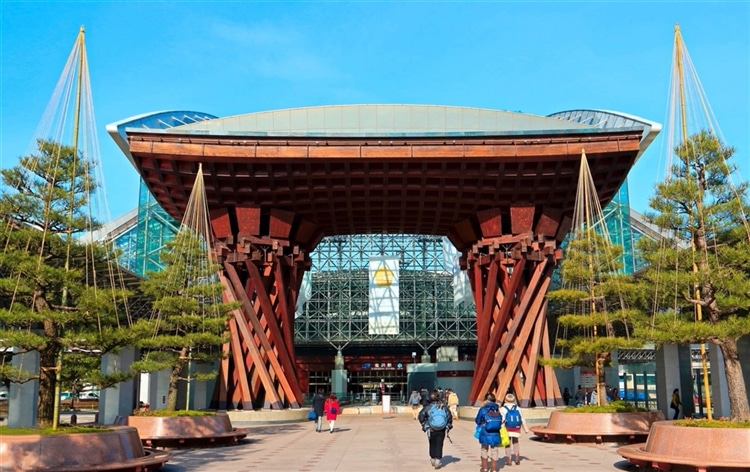
Kanazawa City, just two and a half hours from Tokyo on the Hokuriku Shinkansen train, is often compared to the major destination of Kyoto because of the rich artistic, cultural and historic attractions to be found here. For centuries, it was a wealthy city built around the castle of the ruling Maeda family, a castle surrounded by samurai and geisha homes, beautiful gardens, dining areas and a famous market—all still attractions today. The wealth of the Kaga domain—the former name of Ishikawa Prefecture—also funded the development of performing arts, as well as the production of silk, lacquerware, ceramics and silver and gold crafts. The city’s name, in fact, means “gold valley”; it still provides some 99 percent of all kinpaku—gold leaf—used in Japan. Treat yourself to the local favorite of ice cream topped with flakes of gold leaf! All of this is accessible in just two and a half hours on the Hokuriku Shinkansen train from Tokyo Station.
------------------ 02 ------------------
Historic Sites
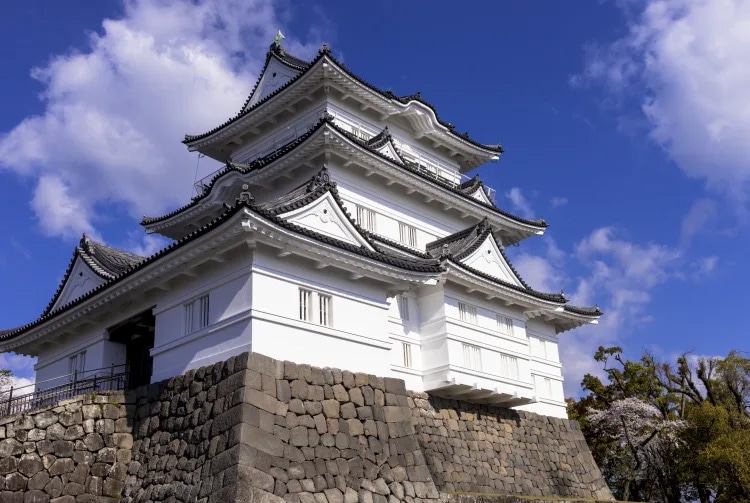
First built on the site of a temple fortress in 1580, Kanazawa Castle was the home of the Maeda family, rulers of Kaga for more than 300 years. Like most Japanese castles, it was less an impenetrable stone fortress like the castles of Europe—although it was well fortified—as it was a center and symbol of power. Unfortunately, it physically declined over the years, being almost totally destroyed in a great fire in 1759, then finally razed by the troops of the new Meiji Empire in 1881.
Fortunately, the Kanazawa government began a restoration project in the 1990s, with much of the original structure having been rebuilt and the moats restored. Entering the grounds through the Kahoku-mon Gate, the traditional main entrance, and being immediately met by turrets and a storehouse, you immediately feel the grandeur of the Japanese castle, and gain a sense of the power it once projected across the region.
A fun feature is that groups can now use Kanazawa Castle as a unique venue for a party, dinner, or other gathering—a regal, Japanese setting for a special event.
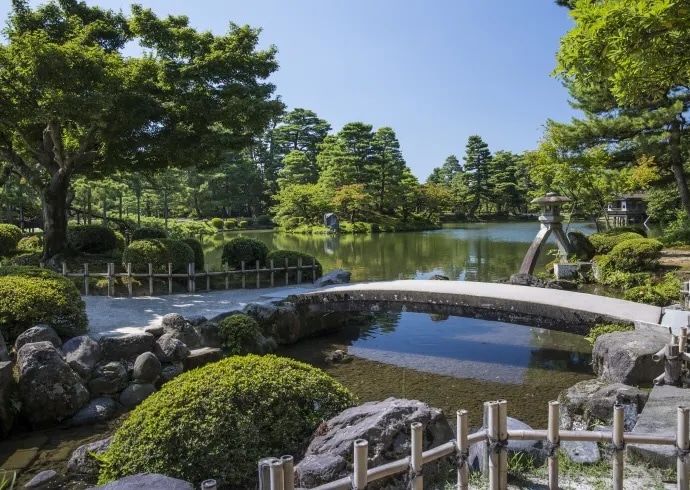
The Kanazawa Castle grounds contains the reconstructed Gyokuseninmaru Garden, an attractive space with walking paths and arched bridges spanning a waterway. The castle’s Ishikawa-mon Gate leads to Kenroku-en, a magnificent, spacious garden dating to the 1670s.
The fifth Lord Maeda began the work; later generations added more land, tea houses, streams and waterfalls to create beautiful, sculpted scenery covering some 11 hectares. Its symbols include a stone lantern set an elegant arched base, with trees standing across the water which, in winter, have the branches intricately tied with long ropes to support them against heavy snowfall.
The garden is beautiful throughout the seasons, with cherry and plum blossoms blooming in spring; azaleas, irises and other flowers in summer; and all the trees bursting into bright colors in autumn.
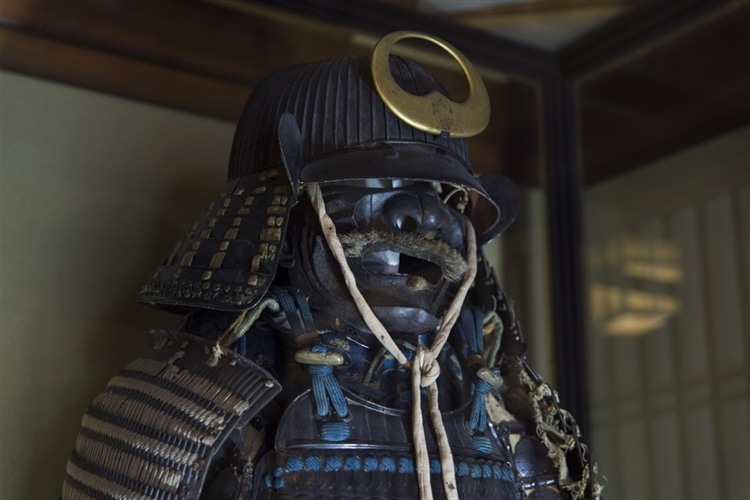
Any self-respecting Japanese daimyo, or warlord, surrounded himself with retainers, including the samurai warriors who defended the lord and enforced his rule. The Nagamachi Samurai District, near Kanazawa Castle Park, illustrates the lifestyle of the more affluent of the class, in an area of narrow streets lined by earthen walls. The Nomura Samurai House is a restored samurai residence, complete with its own garden.
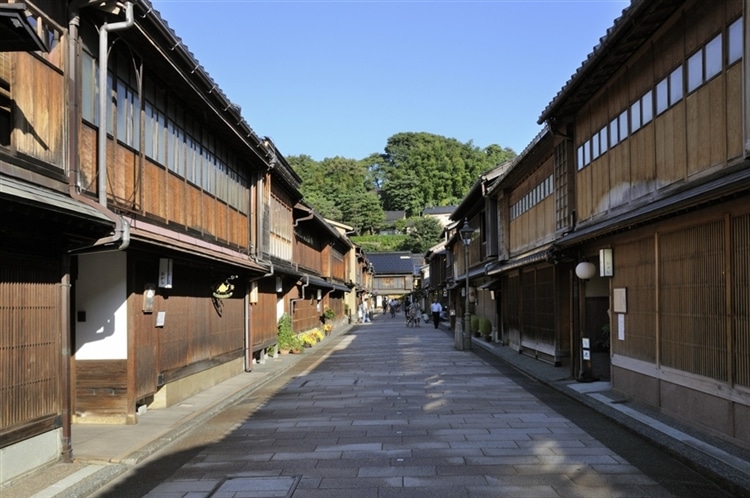
The lords also appreciated good entertainment, and the Higashi Chaya District is a wonderful collection of geisha houses. These have long been the places for feasts and entertainment; several here are more than 200 years old, others have been renovated and house restaurants and stores. The Kanazawa City Tourism Association holds geisha performances on designated Saturdays in the geisha areas, a great opportunity to experience first-hand the dances and music performed by the women.
------------------ 03 ------------------
Kanazawa flavors
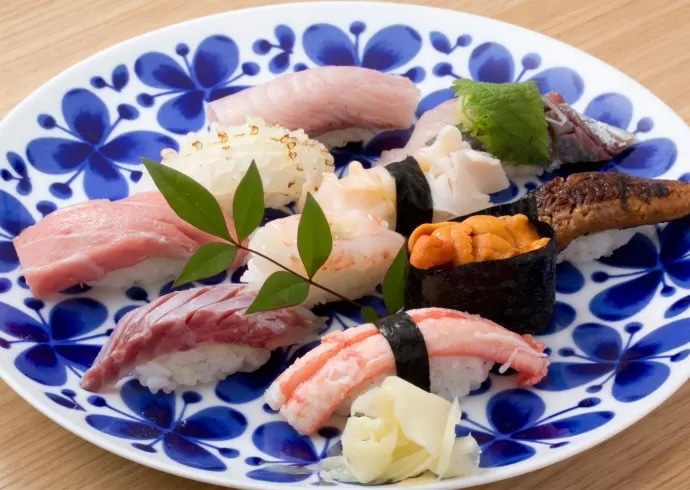
The presence of a rich patron such as the long-ruling Maeda family makes for the development of some delicious foods. Kaga cuisine relies heavily on the outstanding seafood coming from the Sea of Japan. Its perfect match is shoyu, or soy sauce, and the city is famous for the production of the sweet, salty liquid. Another excellent accompaniment to seafood is the excellent saké brewed in Kanazawa and the surrounding area. Several nationally-renowned saké are brewed here; it is possible for groups to arrange for brewery visits and tastings, even within the city.
Omicho Market, located near the beautifully-designed Kanazawa Station, is a favorite spot for visitors to the city. This noisy and colorful place is a great way to see the seafood right as it arrives, including, in winter, the crabs the region is famous for. There are restaurants within the market (often crowded) to enjoy seafood and other delicacies as fresh as they can be.
------------------ 04 ------------------
Unique experiences
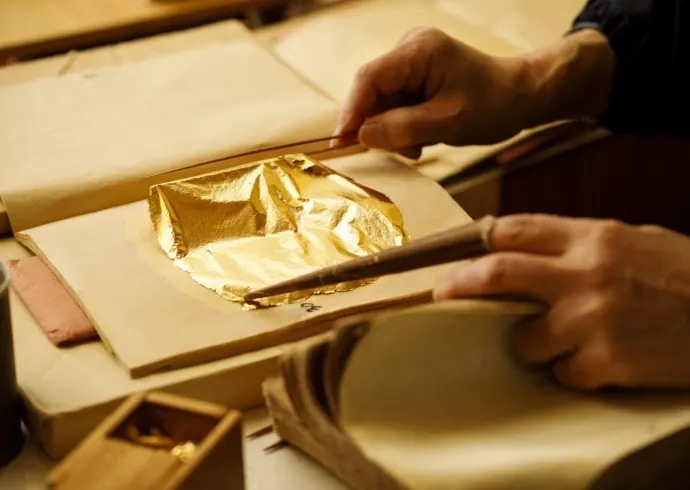
There are a wide range of activities available for visitors, many ideal for inclusion in an event schedule. These include making Japanese sweets, making gold leaf decorations, learning about hand-dyeing kimono fabric, making lacquerware, cooking local cuisine, and more. Local English-speaking guides are also available to provide extra insight on tours of the castle, samurai and geisha houses, and other highlights of Kanazawa.
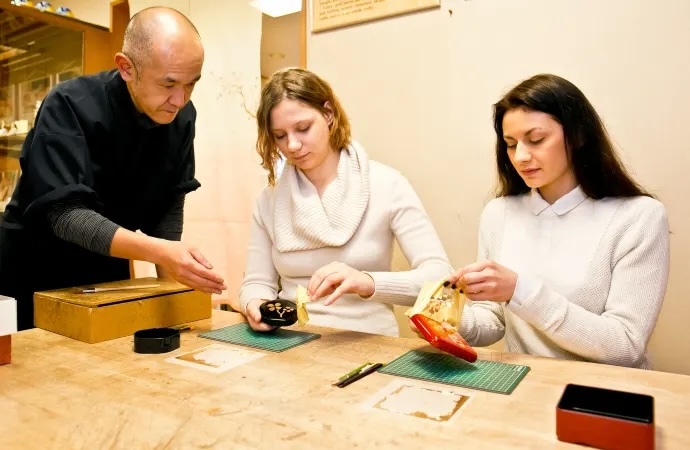
------------------ 05 ------------------
Outstanding venues and accommodations
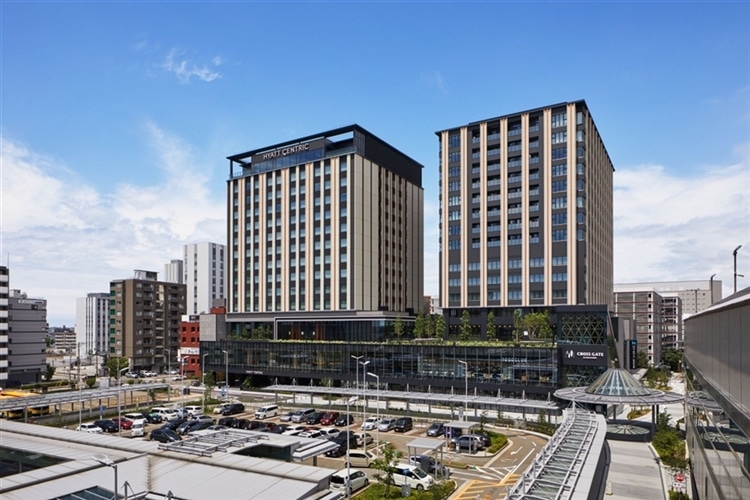
Kanazawa is not a massive metropolis, and while it does not have a single large convention center, it does have a range of modern, well-equipped facilities for international events, including Kanazawa Cruise Port Terminal, Ishikawa Prefectural Music Hall, Ishikawa Kensei Kinen Shi Inoki Geihinkan, and even the Ishikawa Prefectural Noh Theater. It also has a number of modern hotels, including Hyatt Centric Kanazawa, KKR Hotel Kanazawa, Kanazawa Hakuchoro Hotel Sanraku, Kanazawa Kokusai Hotel, Kanazawa Tokyu Hotel, Kanazawa New Grand Hotel, ANA Holiday Inn Kanazawa Sky, and Hotel Kanazawa.